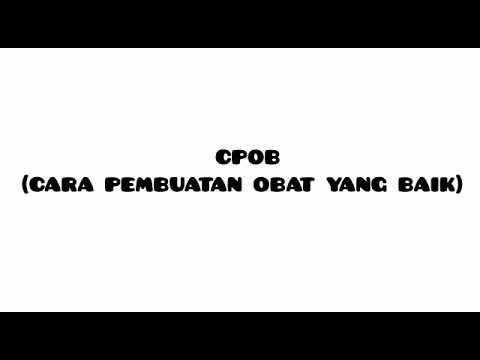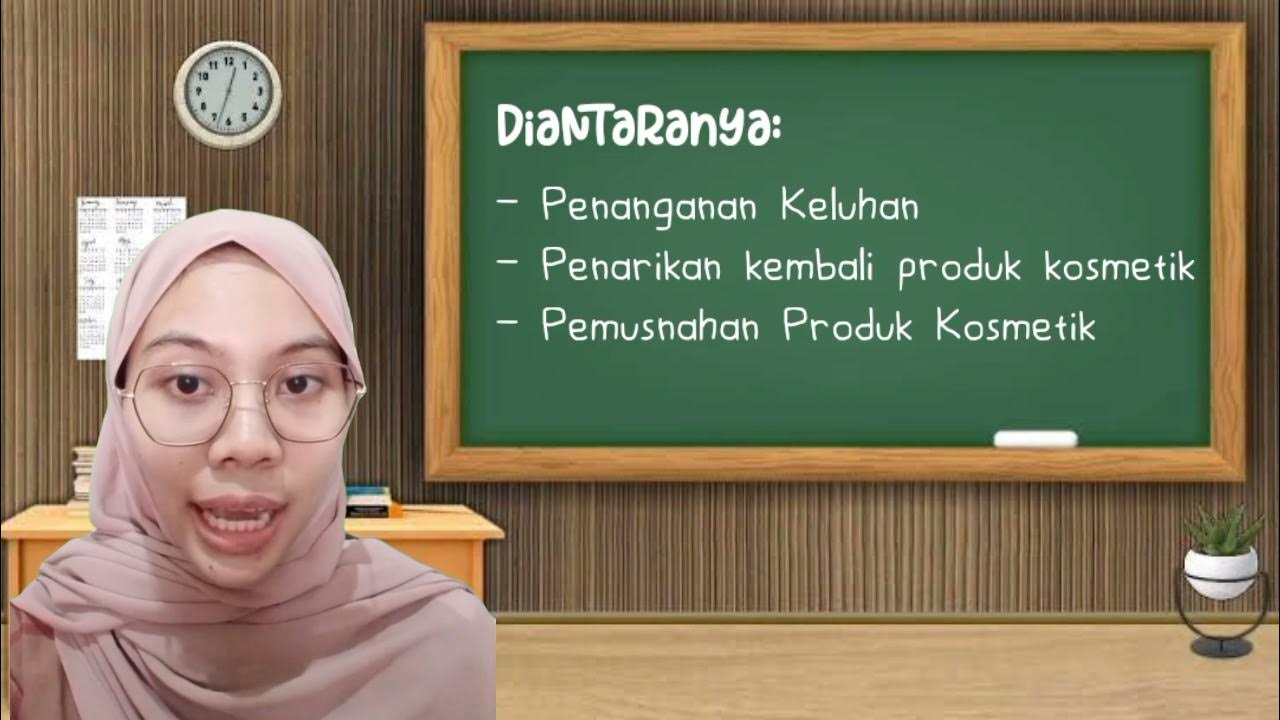What are GMP Guidelines? | Good Manufacturing Practices for Food Safety | SafetyCulture
Summary
TLDRThis video explains Good Manufacturing Practices (GMP), a system followed by businesses in industries like cosmetics, food, and pharmaceuticals to ensure consistent product quality. It covers key guidelines such as inspections, record-keeping, sanitation, stock management, and equipment validation. Emphasizing the importance of well-trained personnel and the role of technology, the video illustrates how compliance with GMP ensures safety, prevents contamination, and guarantees that products meet regulatory standards. By using tools like inspection software, companies can streamline the monitoring of GMP adherence.
Takeaways
- 😀 GMP (Good Manufacturing Practices) ensure consistency in quality during the production of cosmetics, food, or pharmaceuticals.
- 😀 Inspections and quality audits are conducted before market distribution to ensure products meet safety, quality, and branding standards.
- 😀 A solid record-keeping process is essential for future evaluations and staying compliant with GMP regulations.
- 😀 During production, products undergo high-quality assessments to ensure they are fit for use, comply with requirements, and do not risk consumer safety.
- 😀 The success of GMP compliance depends heavily on qualified and trained personnel who are knowledgeable about GMP principles.
- 😀 Ongoing training for staff is critical to maintaining GMP compliance in the workplace.
- 😀 Sanitation and hygiene practices are essential in preventing contamination throughout the manufacturing process.
- 😀 A comprehensive sanitation and hygiene program should address potential contamination sources like personnel, equipment, and materials.
- 😀 Proper stock management ensures that all incoming materials are of high quality and stored in the right conditions.
- 😀 All premises and equipment must be validated, qualified, and designed to minimize errors and contamination risks during operations.
- 😀 Technology, like inspection software such as iAuditor, can simplify the process of maintaining GMP compliance and tracking guidelines.
Q & A
What are GMP guidelines?
-GMP (Good Manufacturing Practices) are a set of guidelines followed by businesses to ensure consistency in the quality of products during their production, particularly in industries like cosmetics, food, and pharmaceuticals.
Why are GMP guidelines important?
-GMP guidelines are crucial for maintaining product safety, quality, and compliance with branding standards. They help businesses avoid risks to consumers and ensure that products meet required safety standards before distribution.
What is the role of inspections and quality audits in GMP?
-Inspections and quality audits are conducted before market distribution to ensure that products meet safety, quality, and branding standards. These evaluations help ensure the products are fit for their intended use and comply with regulatory requirements.
Why is record keeping important in GMP compliance?
-Record keeping is essential to track product production and quality assessments for future evaluations. It helps maintain transparency and ensures compliance with GMP regulations, aiding in identifying any issues during the production process.
What is required from personnel in GMP compliance?
-Personnel must be qualified, trained, and aware of GMP principles. Ongoing training ensures they have the necessary skills and tools relevant to their function to maintain GMP standards throughout the manufacturing process.
What is the significance of sanitation and hygiene in GMP?
-Sanitation and hygiene are key to preventing contamination during production. Proper sanitation practices should be implemented across all stages, ensuring that personnel, premises, equipment, and materials are all free from potential contaminants.
What does a proper stock management system involve in GMP?
-A proper stock management system ensures that all incoming materials are of high quality and stored correctly according to their specific requirements. This helps maintain product quality throughout the manufacturing process.
What are the requirements for premises and equipment under GMP?
-Premises and equipment must be validated, qualified, and designed to minimize operational errors. They should be easy to clean, maintain, and situated in an environment that is free from contamination risks, ensuring the safety of the products being manufactured.
How can technology aid in maintaining GMP guidelines?
-Technology, such as inspection software like iAuditor, helps monitor GMP compliance by providing tools to track whether guidelines are being followed. It allows businesses to identify areas where improvements are needed quickly and efficiently.
What are the benefits of using inspection software like iAuditor for GMP compliance?
-Inspection software like iAuditor simplifies the process of maintaining GMP guidelines by providing an easy way to track compliance. It helps businesses stay on top of inspections and audits, ensuring that no aspect of GMP is missed and providing a clear overview of areas needing attention.
Outlines

This section is available to paid users only. Please upgrade to access this part.
Upgrade NowMindmap

This section is available to paid users only. Please upgrade to access this part.
Upgrade NowKeywords

This section is available to paid users only. Please upgrade to access this part.
Upgrade NowHighlights

This section is available to paid users only. Please upgrade to access this part.
Upgrade NowTranscripts

This section is available to paid users only. Please upgrade to access this part.
Upgrade NowBrowse More Related Video
5.0 / 5 (0 votes)





